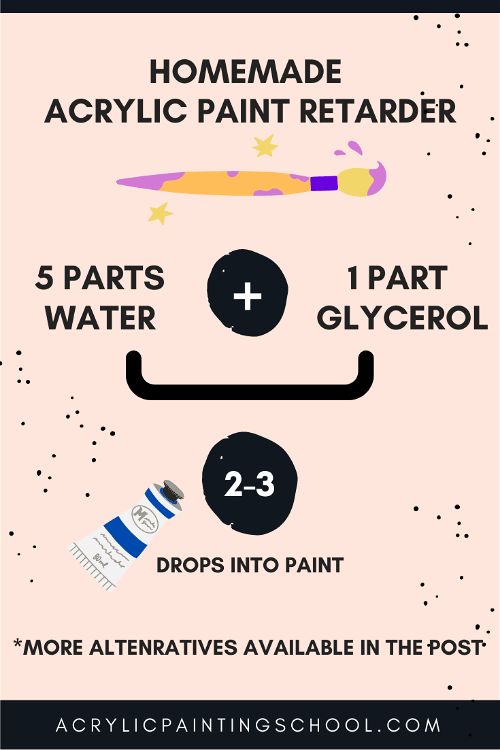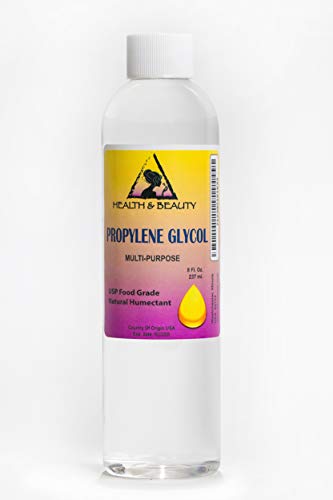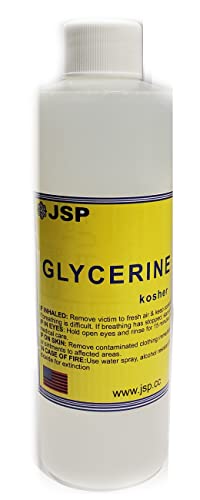Last Updated on March 15, 2024 by Masha Eretnova
Slow-drying mediums can cost anywhere from $14 to $20 and what if we are not sure yet if that’s going to work? Better not to spend money on something we won’t use.
Besides there are ways to make acrylic dry slower without such mediums or even a recipe for a homemade acrylic retarder I’m going to share.
This article contains affiliate links. It means no extra cost for you but a little commission (2-3%) for me to support my hobby and blog. Thank you!
Table of Contents
How to make homemade acrylic paint retarder?
To make your homemade acrylic paint retarder, we need to know what are the main ingredients of it. Typically, an acrylic paint retarder is made of an emollient and a humectant (it retains moisture).
What we can use as an emollient for DIY acrylic retarder?
- Squalane,
- Lanolin,
- Sorbitol Cetearyl Alcohol (produced from coconut oil) or
- Glycerin,
- Butylene, and
- Propylene Glycol
The last 3 of those are widely accessible petrochemical emollients.
Some natural emollients are Squalene and coconut oil-based products.
What we can use as a humectant for acrylic retarder?
- Glycerin,
- Propylene glycol,
- Lactic acid,
- Glycolic acid,
- urea,
- Hydrolyzed proteins,
- Citric acid,
- Hyaluronic acid, and
- Salicylic acid.
The research has shown that Glycerin is the simplest ingredient to use as a retarder.
Glycerin is a regular ingredient in most acrylic paints. Called Glycerol, it determines paint viscosity and extends the drying time.
You can easily find it on eBay or Amazon, and search for Propylene Glycol or Glycerine.
Don’t go for a fancy package they are all the same, buy the most basic one – an 8 oz bottle will be super cheap, if it costs more than 10 bucks, it is a no! It’s branding.
These 8 ozs will last you a long time!
So by following this logic, by adding more Glycerol we can further prolong the drying time.
Homemade Acrylic Paint Retarder recipe: mix 5:1 water to glycerol and apply 2-3 drops to your paint (or on eye).

As it is a DIY recipe and we will store it for a few months in an airtight cup or container, I would recommend using distilled water. Or at least boil and cool down the tap water.
It will prevent any possible contamination and just extend the shelf-life of the mix. You can use the glycerol retarder for up to one year because you will only be adding just a few drops, a very frugal solution.
Using Acrylic Drying Retarder
Whether you have a professional slow-drying medium or made one yourself, it is only half of the job.
To really make it work, you should know how to mix it with paint.
According to professional acrylic brands, you should only add 5% to 14% ( of the retarder to your paint. Which translates to a ratio of 1:7 to 1:20 acrylic paint to retarder.
Which translates in English as “a tiny bit”.
Although it is a tiny bit of glycerol, you need to mix it really well. Mix it fresh with paint every time before the painting session and for the first time please set up a time to note how long is your acrylic drying now.
Because it will be crucial for you – you need every layer to dry properly before you apply the next one.
And I would like to note that no similar amount of water will not have ANY slow drying effect. More water will but it will also make your paint weaker and more transparent.
If the experiments with DIY retarder for acrylics didn’t work out, you can still purchase a trusted one – Golden makes the best retarder.

Final Thoughts
Having control over your acrylic painting process is vital, and drying time is, by far, one of the most important factors.
I really love that acrylics are drying faster than oils, I do. We now can finish paintings in hours and days, not in months.
But at the same time, sometimes fast is too fast.
Test both, homemade and store-bought slow-drying acrylics or mediums and see what works best for you.
If you have any questions, please share in comments.

Masha Eretnova, born in 1991, is a Buenos Aires-based certified teacher, artist, and member of the Professional Artist Association with 20+ years of personal painting journey.
She started painting and drawing very early and is now an international abstract artist and educator passionate about acrylic painting, gouache, and crafts.
Her works are part of international exhibitions and contests, including ArtlyMix (Brazil), Al-Tiba 9 (Spain), Exhibizone (Canada), Italy, and many more.
Besides her artistic pursuits, Masha holds a post-grad diploma in Teaching Film Photography and 2 music school diplomas: piano and opera singing.
Last update on 2024-07-27 / Affiliate links / Images from Amazon Product Advertising API

